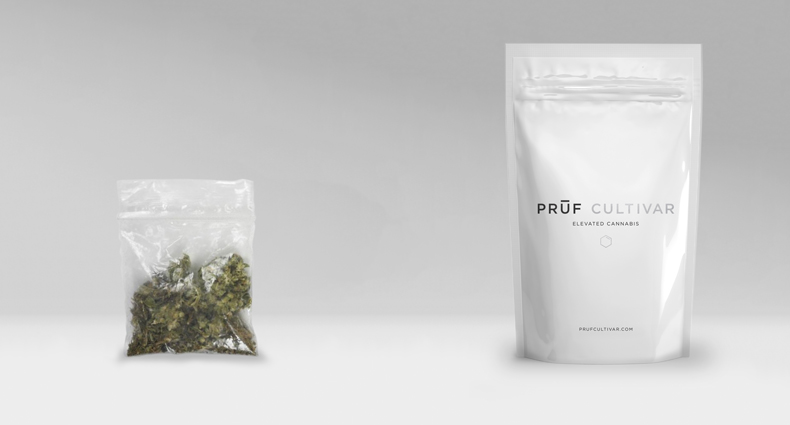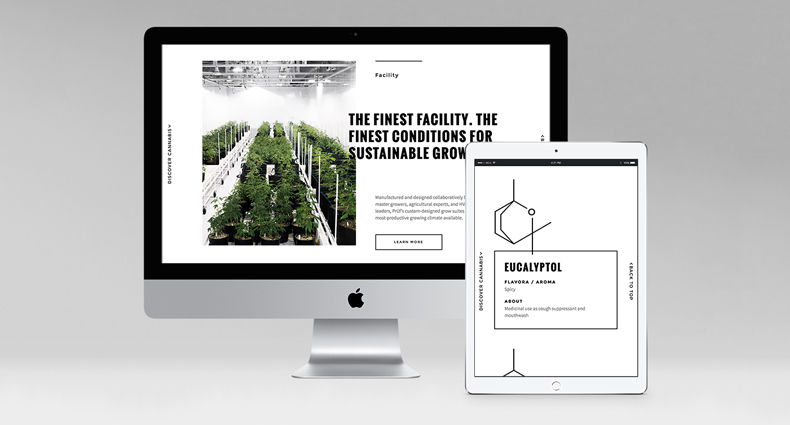Brave New World: Branding Cannabis
Posted in Insights
[caption id="attachment_18283" align="aligncenter" width="790"] Old Perception. New Reality.[/caption]
Old Perception. New Reality.[/caption]
A couple of months ago, one of our colleagues overheard a conversation about “smoking weed” while gathered with some friends at a pub in Portland. This may not be surprising: the stoner subculture in Portland is big enough that “Potlandia” is nearly as popular a nickname for it as “Stumptown” or “City of Roses”.
But these folks weren’t stoners. They were a husband and wife in their 40's -- a graphic designer and an academic administrator, dressed in jeans and flannel, sipping a local craft beer and a pinot noir. Their conversation, about favorite varieties, new producers, and recent acquisitions, could have just as easily been about what they were drinking. They were connoisseurs, discussing a shared pleasure.
Oregon is the fourth US state to legalize cannabis, along with Colorado, Washington and Alaska, and together they’ve opened an unaddressed market several million customers strong, which stands to quadruple in size if (as seems likely) California follows suit. Many of these new customers never identified with weed-smoking subculture; they’re simply open-minded, professional urbanites who are intentional about the things they enjoy, be it food and drink, travel, or new experiences. For many, cannabis is an obvious next step.
This poses tricky branding challenges. Two of FINE’s new clients (like Prūf Cultivar) are startups, and our biggest task has been figuring out how to distance their brands from old cues of stoner culture, and embrace the larger audience exemplified by that couple in the pub. Cannabis is that rarest of things: a genuinely new industry with a new consumer base -- it’d be a mistake to see it as just a refined version of the age-old underground pot economy. Some dispensaries have defaulted to the obvious “jam bands and Ziploc baggies” aesthetic, but plenty more are gearing up for a market where Cannabis Enthusiast isn’t a consumer type, anymore than Beer Drinker is. A quick survey in Portland and Denver turns up cannabis dispensaries highlighting provenance and organic offerings, a gentleman's club vibe, or an atmosphere as minimal as an Apple store.
[caption id="attachment_18284" align="aligncenter" width="790"] Branding Helps Commercially Legitimize The Industry.[/caption]
Branding Helps Commercially Legitimize The Industry.[/caption]
Who’s right? They all might be, if they’re responding to real customer needs. As with most anything customer-facing, the key to getting cannabis branding right is paying attention and avoiding assumptions. We’ve long seen marijuana as the domain of a fringe consumer, but that was mostly a function of its illegality. As that barrier crumbles, the branding task boils down to two things: giving “permission” to customers by establishing it as a safe, legitimate pleasure; and treating them like actual human beings with diverse values and preferences. A few grams of cannabis flower, packaged and displayed with the same care as craft beer or handmade beauty products, can transform consumer perception. A brand strategy and expression that resonates with the customer makes it not just accessible, but legitimate.
The word “stoner” seems like a vestige of high school, when stereotyping was how we dealt with the world: everyone was a jock, a nerd, a punk, a stoner, or something else. None of us really fit any of those descriptions, of course, and one of the joys of growing up was ditching those coarse descriptors in favor of richer, more nuanced ones. Now that “stoner” culture is becoming a subset, and cannabis just another interest, maybe it’s time for our branding approach to grow up, too.
Save
Save
Save
Save